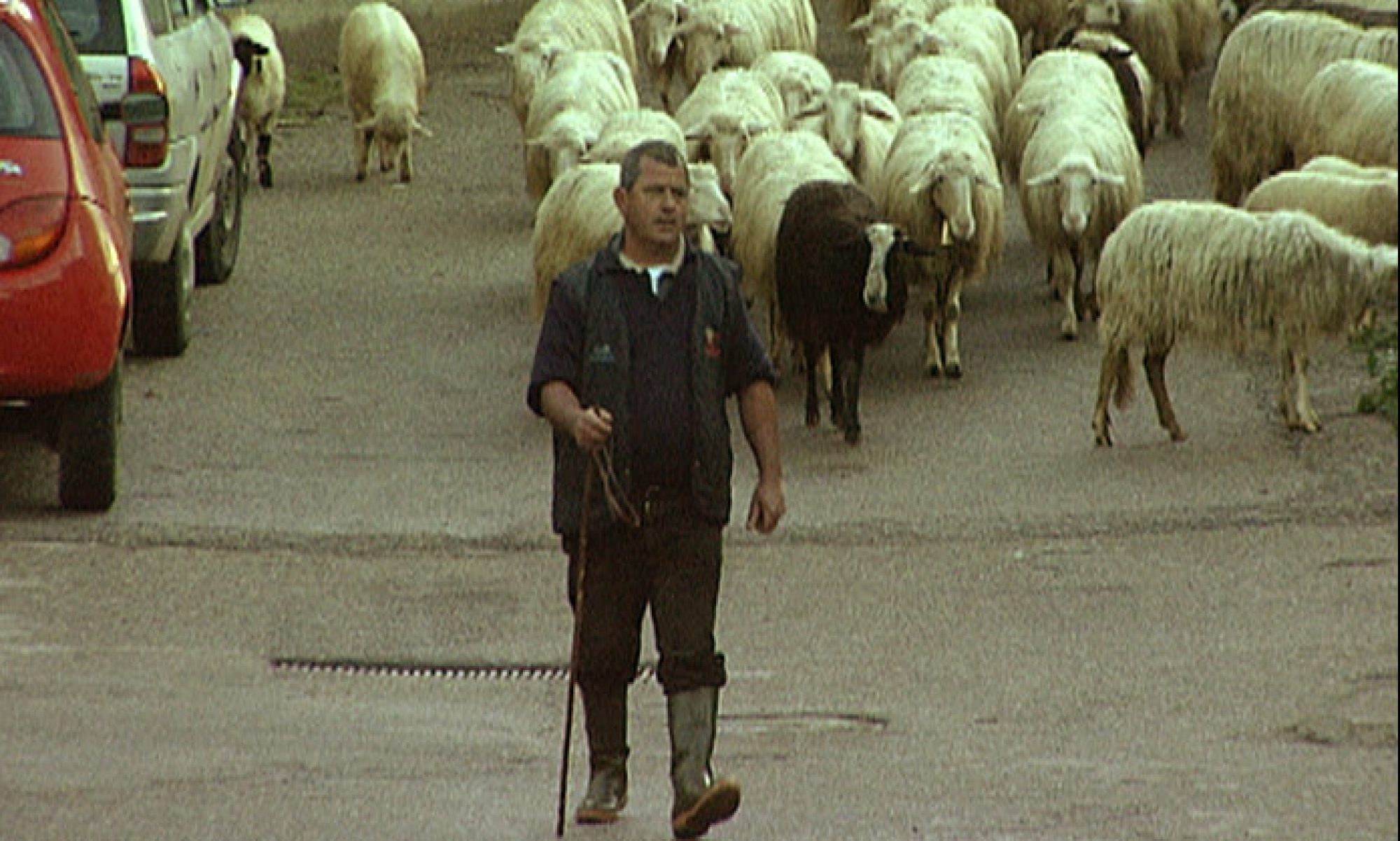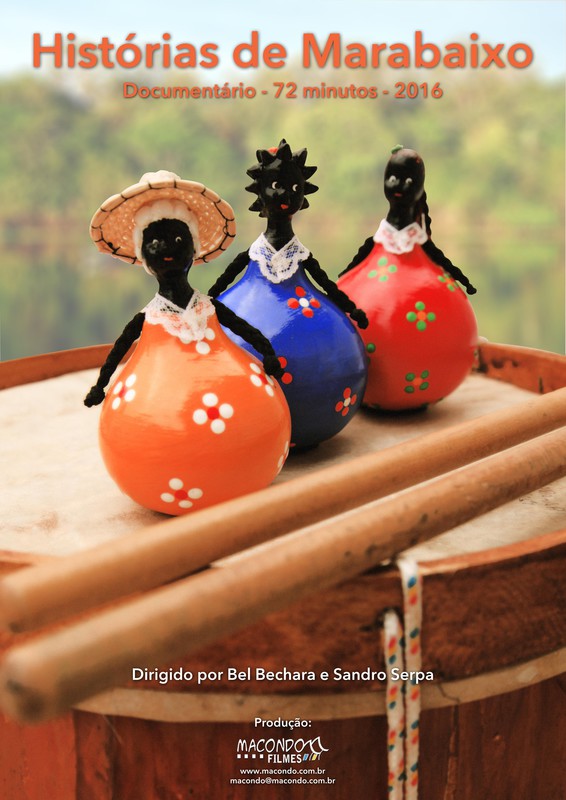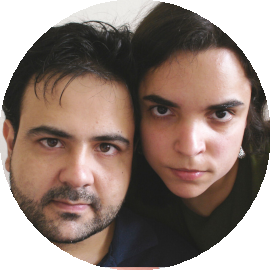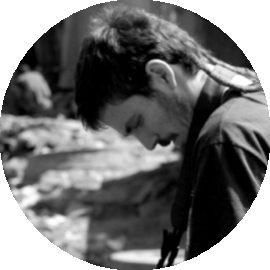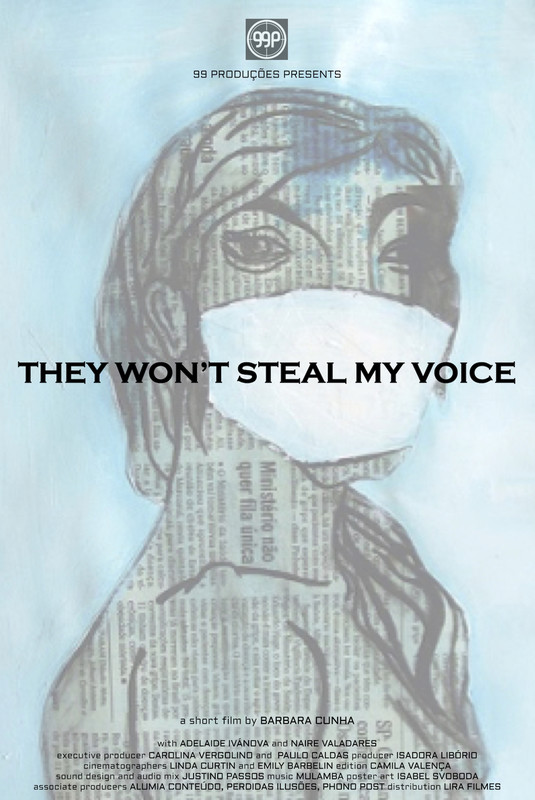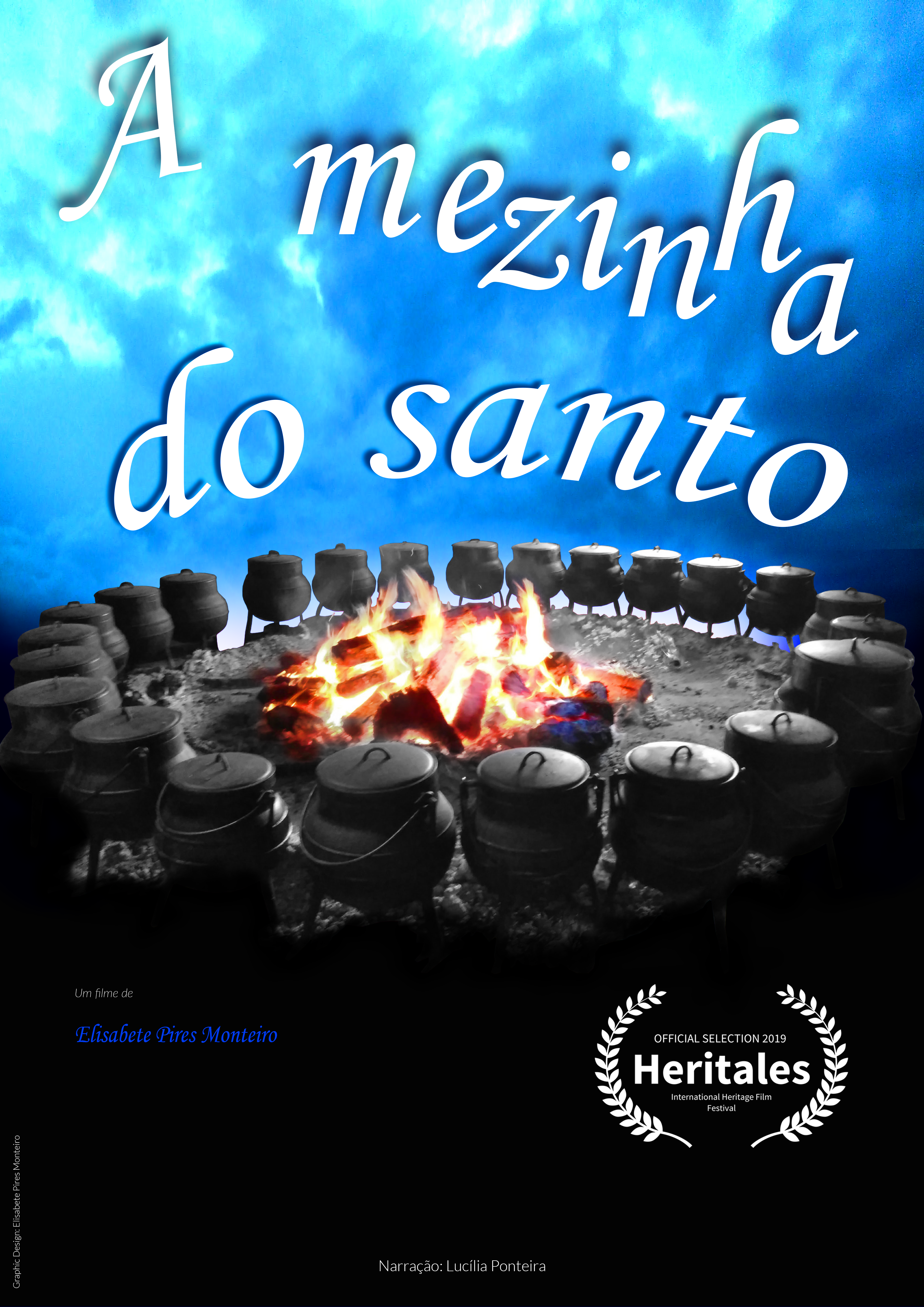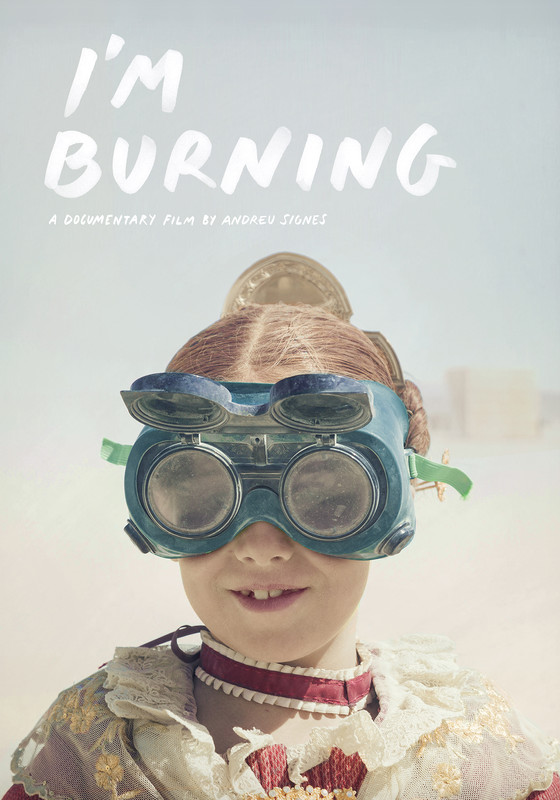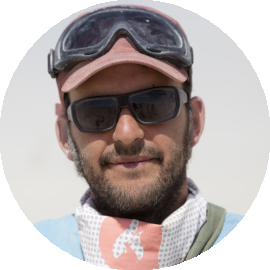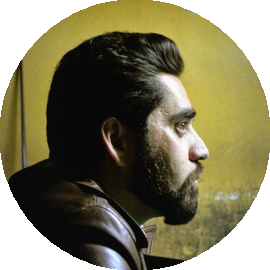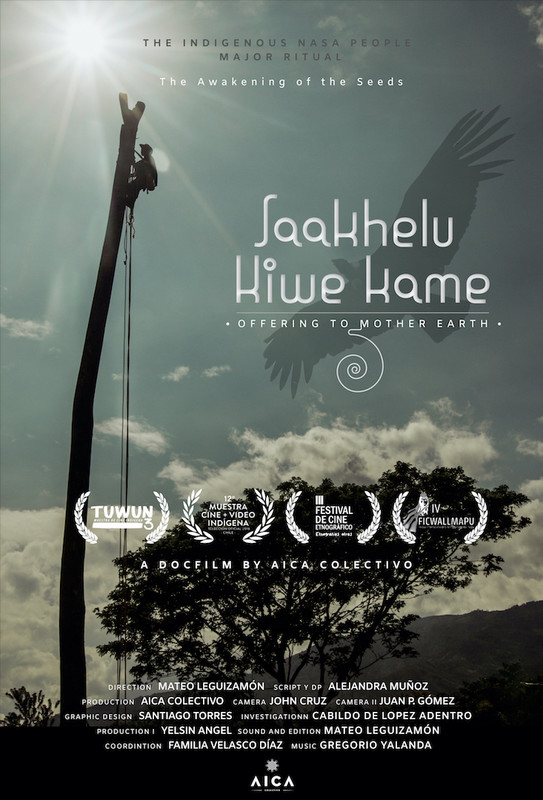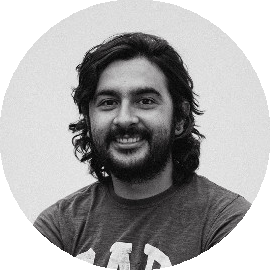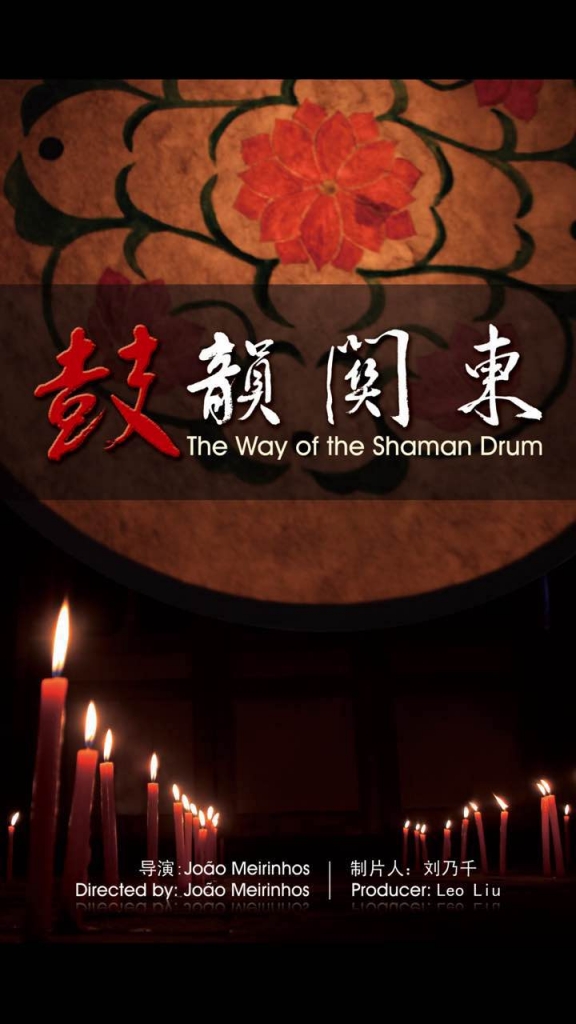 The spiritual aspects of Shamanism are inured in mystery and some believe Shaman doctors and healers can tell the future and ward off demon spirits during special dance ceremonies. Nonetheless in the film, The Way of the Shaman Drum, the director João Meirinhos, provides viewers with a earthlier and pragmatic account of those involved in Shaman Culture as Manchu-ethnic minorities living in northeastern China’s Changbai Mountain, Jilin Province. 70-year-old Guan Yunde, a promoter of Manchu’s Shamanism culture, works alongside a business partner and has designed and built Shaman drums. He has unearthed Shamanism’s mysteries. Shamans hold animals dear to their hearts and sustain a polytheistic faith, meaning that all living beings, including animals, have a spirit and are god-like. Hence, in northeast China alone, they worship the god of tiger, god of wolf and so on. Shamanism is more about loving nature and ancient Manchu culture than with participating in so-called demon spirit dances. Guan lived in a home with many generations of Manchu ancestors, while his father was recognized as a tribal leader. They used kiwi wood to make Shaman drums, since it displays few defects when carving. For some people, Shamanism is perceived as evil, but for the Manchu-ethnics, such as Guan Yunde, it’s simply a proud part of the Manchu culture that deserves to get passed down to future generations.
The spiritual aspects of Shamanism are inured in mystery and some believe Shaman doctors and healers can tell the future and ward off demon spirits during special dance ceremonies. Nonetheless in the film, The Way of the Shaman Drum, the director João Meirinhos, provides viewers with a earthlier and pragmatic account of those involved in Shaman Culture as Manchu-ethnic minorities living in northeastern China’s Changbai Mountain, Jilin Province. 70-year-old Guan Yunde, a promoter of Manchu’s Shamanism culture, works alongside a business partner and has designed and built Shaman drums. He has unearthed Shamanism’s mysteries. Shamans hold animals dear to their hearts and sustain a polytheistic faith, meaning that all living beings, including animals, have a spirit and are god-like. Hence, in northeast China alone, they worship the god of tiger, god of wolf and so on. Shamanism is more about loving nature and ancient Manchu culture than with participating in so-called demon spirit dances. Guan lived in a home with many generations of Manchu ancestors, while his father was recognized as a tribal leader. They used kiwi wood to make Shaman drums, since it displays few defects when carving. For some people, Shamanism is perceived as evil, but for the Manchu-ethnics, such as Guan Yunde, it’s simply a proud part of the Manchu culture that deserves to get passed down to future generations.
Marabaixo Stories (Best Story 2018-19)
Sounds of Kibera
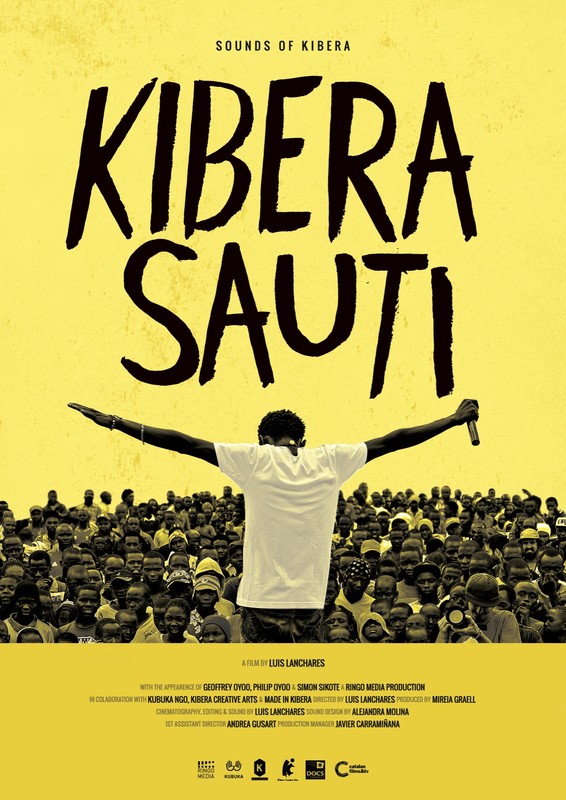 In Kibera (Nairobi), one of the biggest slums of the world, Simon, Philip and Geoffrey have created the collective MADE IN KIBERA (MIK). Their goal is to unite the numerous artists of Kibera and provide them with a space inside the tough conditions of the slum where they can grow. MIK is constructing a professional music and video studio that will help the local artists record their work in higher quality and, in order to promote it, they are preparing a massive event that is already bringing together all Kibera artists.
In Kibera (Nairobi), one of the biggest slums of the world, Simon, Philip and Geoffrey have created the collective MADE IN KIBERA (MIK). Their goal is to unite the numerous artists of Kibera and provide them with a space inside the tough conditions of the slum where they can grow. MIK is constructing a professional music and video studio that will help the local artists record their work in higher quality and, in order to promote it, they are preparing a massive event that is already bringing together all Kibera artists.
They won’t steal my voice
Spirit in the concrete
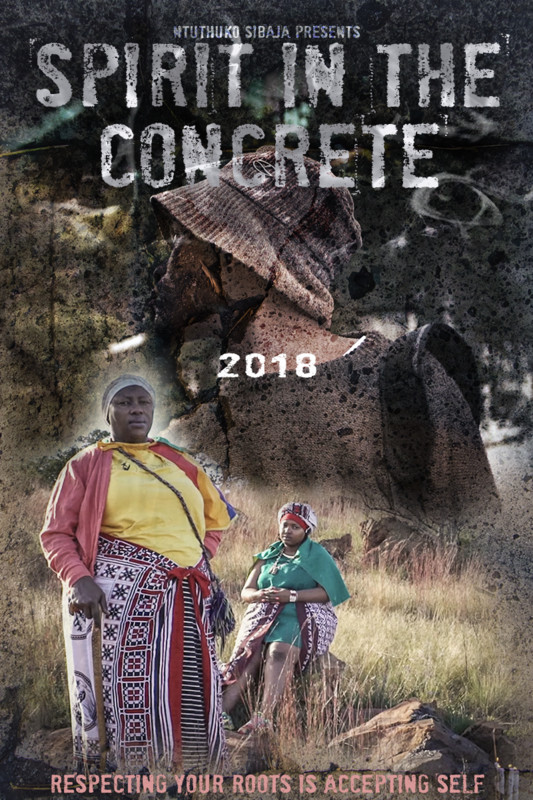 Ntuthuko goes home, from Johannesburg to the Vaal, in the exploration of spiritual healing and the relevance of practising in today’s society through his mother, Makhambule, and sister, Fundisile. This leads them to conversations of the family’s past that were never had and some forgotten.
Ntuthuko goes home, from Johannesburg to the Vaal, in the exploration of spiritual healing and the relevance of practising in today’s society through his mother, Makhambule, and sister, Fundisile. This leads them to conversations of the family’s past that were never had and some forgotten.
Ntuthuko tells the tale of African spirituality from a sangoma’s son perspective and a young person who is living in this turbulent modern age trying to preserve a heritage that most have lost.
The Saint’s Food (A Mezinha do Santo)
I’m Burning
Smiles of Peace
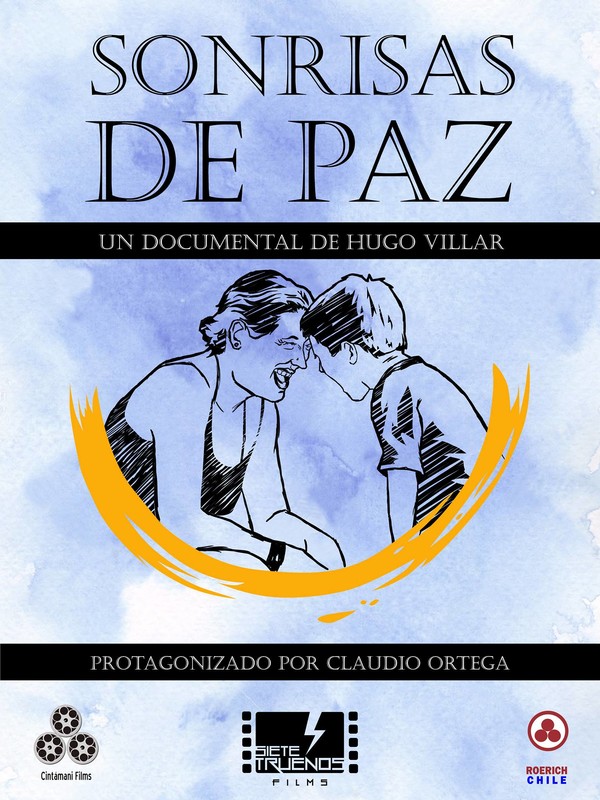 The yoga of laughter is a therapy that combines four actions: play, sing, dance and laugh, which makes us children again and allows us to approach a state of full happiness. This therapy unifies laughter (body), humor (mind) and love (spirit), basic principles of meditation. It works as a game dynamic, which progressively traps the participants. The benefits are innumerable, among them, the improvement in breathing, reactivation of metabolism and stimulation of a better emotional state. The documentary “Sonrisas de Paz” shows the journey made by the therapist Claudio Ortega Pérez, performing yoga sessions of laughter and fire homa in places in Chile that have been the scene of tragic or violent episodes throughout history, with the object of transforming their energy and clearing them of the negative charge that has persisted through time.
The yoga of laughter is a therapy that combines four actions: play, sing, dance and laugh, which makes us children again and allows us to approach a state of full happiness. This therapy unifies laughter (body), humor (mind) and love (spirit), basic principles of meditation. It works as a game dynamic, which progressively traps the participants. The benefits are innumerable, among them, the improvement in breathing, reactivation of metabolism and stimulation of a better emotional state. The documentary “Sonrisas de Paz” shows the journey made by the therapist Claudio Ortega Pérez, performing yoga sessions of laughter and fire homa in places in Chile that have been the scene of tragic or violent episodes throughout history, with the object of transforming their energy and clearing them of the negative charge that has persisted through time.
The Saakhelu Kiwe Kame (Honourable Mention)
Aabua Paika Kabu Bageya (Best Medium-Lenght Documentary)
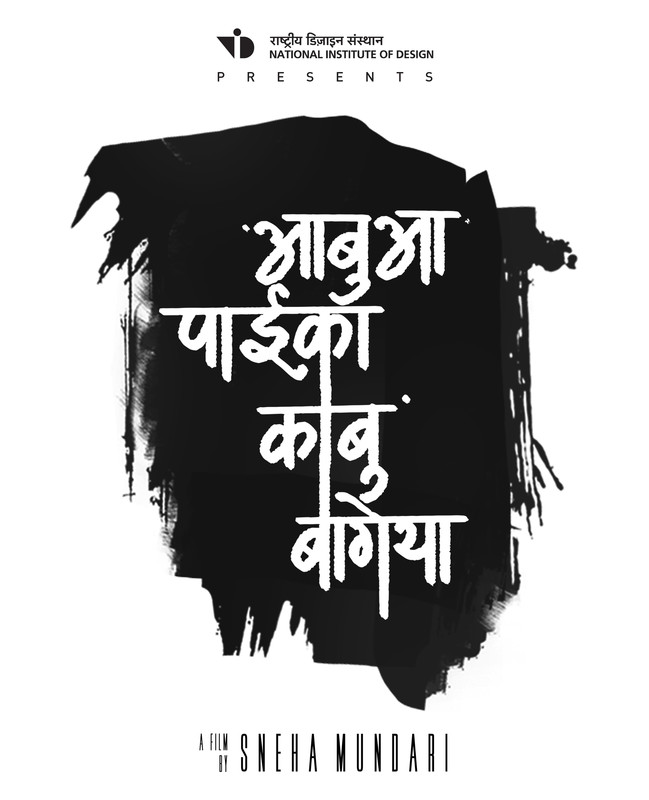 Paika is a film about a martial art dance form. More than a medium of entertainment, it has a social significance as it commemorate and has preserved historical incidences, struggle and triumph of the Munda community in the art form. It is my honest effort to portray the lives with the culture and tradition of my community. This film is made through an understanding of the lives of the Munda community as an outsider and an insider. The film shows a narrative strung together with stories, songs and interviews of Pandeya Munda who have been dancing this folk dance form for more than 25 years.
Paika is a film about a martial art dance form. More than a medium of entertainment, it has a social significance as it commemorate and has preserved historical incidences, struggle and triumph of the Munda community in the art form. It is my honest effort to portray the lives with the culture and tradition of my community. This film is made through an understanding of the lives of the Munda community as an outsider and an insider. The film shows a narrative strung together with stories, songs and interviews of Pandeya Munda who have been dancing this folk dance form for more than 25 years.
This film is a culmination of the dance Paika along with the story of a typical village in Jharkhand. I have tried to weave a film which portrays and talk about Munda community. I feel this film is a blend of both the perspectives as I think myself as half insider and half outsider of the community being brought up in an urban setup.
